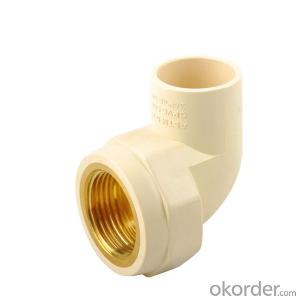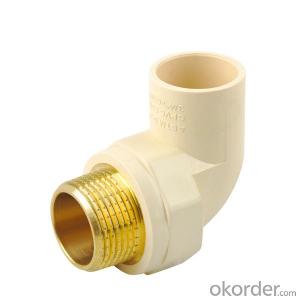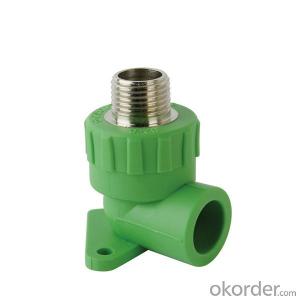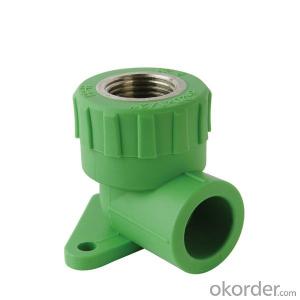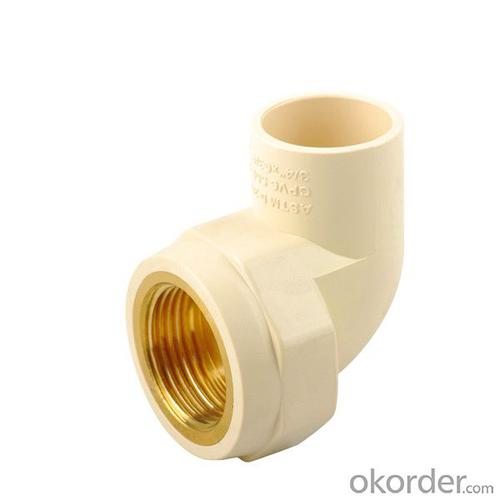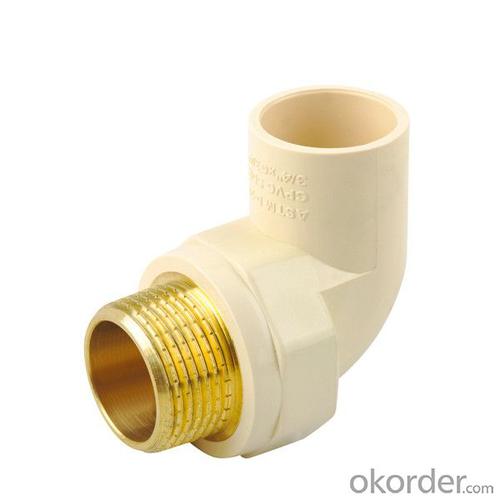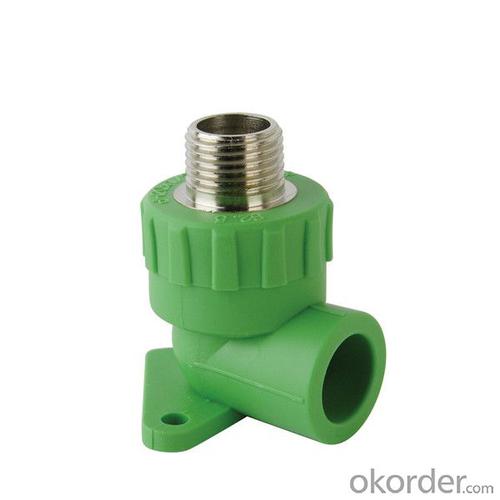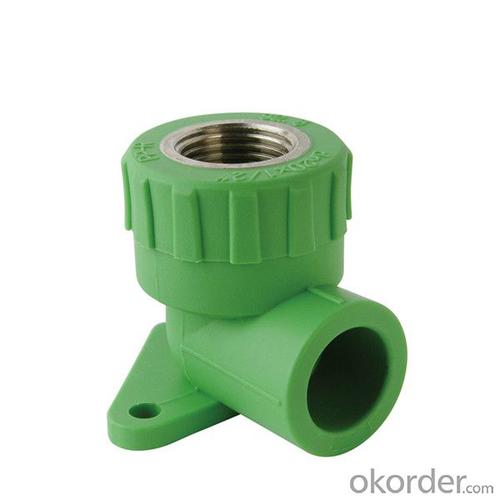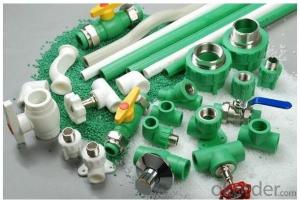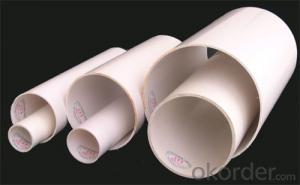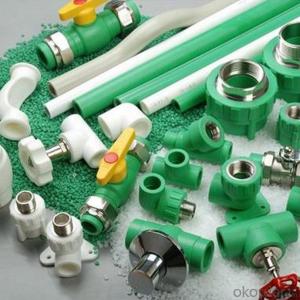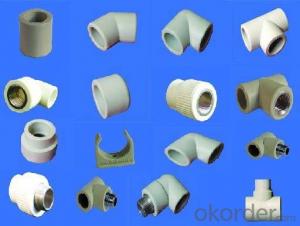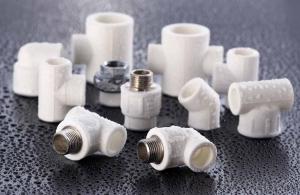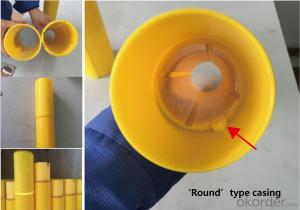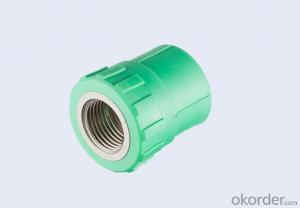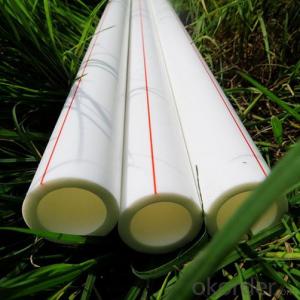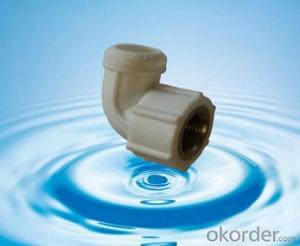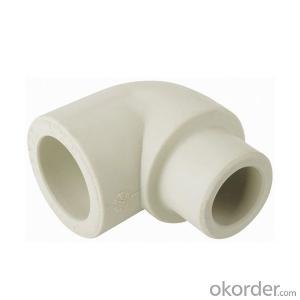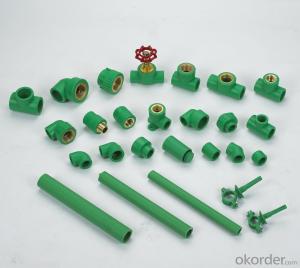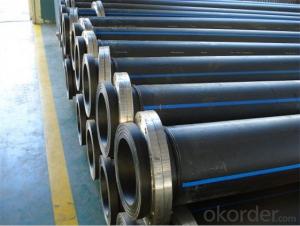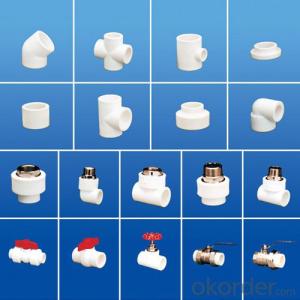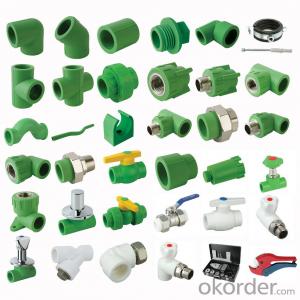2024 Compression Pipe Fittings Plastic PPR Pipe for Agriculture with Good Price
- Loading Port:
- Tianjin
- Payment Terms:
- TT OR LC
- Min Order Qty:
- 200 pc
- Supply Capability:
- 100000 pc/month
OKorder Service Pledge
OKorder Financial Service
You Might Also Like
Description of Products:
PP-R (polypropylene random) tube called type three polypropylene pipe and is also called the PP-R pipe or PPR pipe, with energy saving, environmental protection, high strength, corrosion resistance, with smooth inner wall has the advantages of scale, construction and easy maintenance, long service life, widely used in building water supply and drainage, urban drainage city gas and power cable sheath, and industrial fluid transportation, agricultural irrigation construction, municipal, industrial and agricultural fields. The PP-R pipe is made of random copolymerized polypropylene and is extruded into tubes to be molded into tubes.
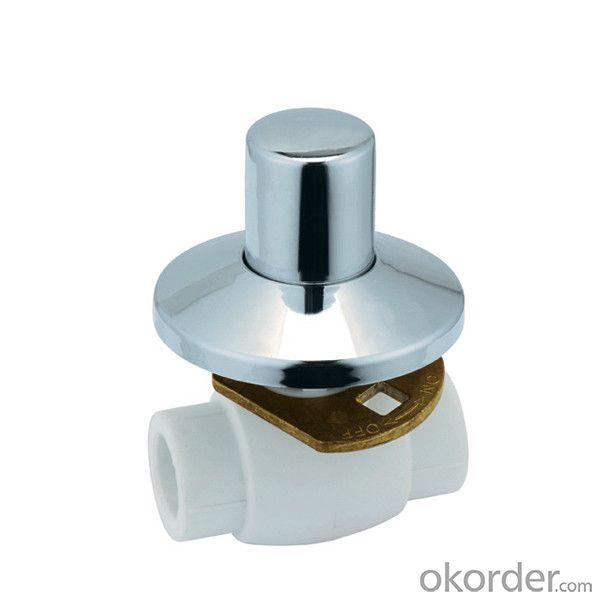

PPR Pipe Size:
PN10 | PN12.5 | PN16 | PN20 |
25*2.3 | 25*2.8 | 25*3.5 | 25*4.2 |
32*3.0 | 32*3.6 | 32*4.4 | 32*5.4 |
40*3.7 | 40*4.5 | 40*5.5 | 40*6.7 |
50*4.6 | 50*5.6 | 50*6.9 | 50*8.4 |
63*5.8 | 63*7.1 | 63*8.6 | 63*10.5 |
75*6.9 | 75*8.4 | 75*10.3 | 75*12.5 |
Specification:
Products name | Tee with Tap Connector Male |
Material | PPR |
Field of Application | Water |
Work temperature | -10℃-110℃ |
Packing | standard export package or customized |
Function | Kitchen, home, commercial, garden and general |
Place of origin | Hebei China(mainland) |
Application:
1) Cold and hot water systems of residence and commercial buildings
2) Transportation of industrial water supply and chemical materials
3) Pure water pipe system
4) Piping networks for rainwater utilization systems
5) Irrigation agriculture and horticulture systems
6) Transportation system of drinking water production
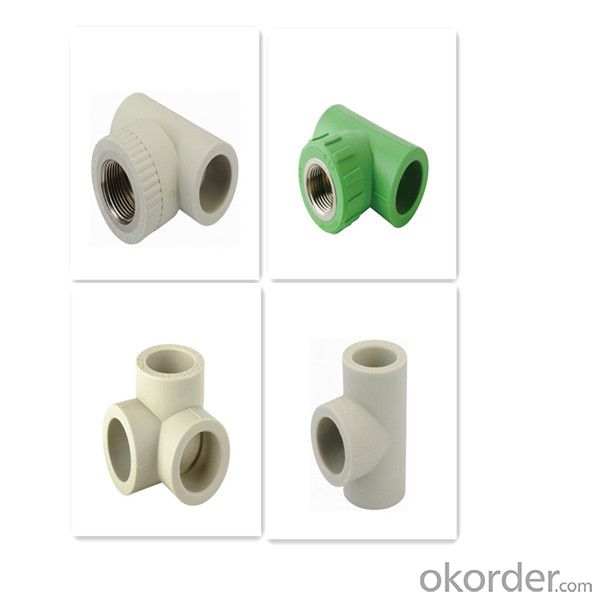
Product Feature:
1. High Temperature Resistance: the maximum sustained working temperature is up to 70°C , the maximum transient temperature is up to 95°C
2. Heat Preservation: low thermal conductivity which is only 1/1500 of brass pipe, and 1/250 of steel pipe
3. Non-toxic: no heavy metal additives, would not be covered with dirt or contaminated by bacterium
4. Corrosion Resistance: resist chemical matters and electron chemical corrosion
5.High Flow Capacity: smooth interior walls and low friction result in low flow resistance and high volume
6. Excellent Flexibility: can be supplied in coil
7. Low Installation Costs: light weight and ease of installation can reduce installation costs
8. Longevity: more than 50 years under proper use
Product Advantages:
1) Healthy, bacteriological neutral, conforming to drinking water standards
2) Resistant to high temperatures, good impact strength
3) Convenient and reliable installation, low construction expenses
4) Excellent heat-insulation property from minimum thermal conductivity
5) Lightweight, convenient to transport and handle, good for labor-saving.
Company Profile:
CNBM International Corporation (CNBM International) is the most important trading platform of CNBM Group Corporation, a state-owned company under the direct supervision of State-owned Assets Supervision and Administration Commission of the State Council.
CNBM International is highly recognized by its business partners and clients all over the world and has obtained rapid development under the spirit of win-win. We will carry on the mutual beneficial, innovative and revolutionary trading structure as we did before, create value for our employees, share holders and clients and benefit the whole society in our future development.
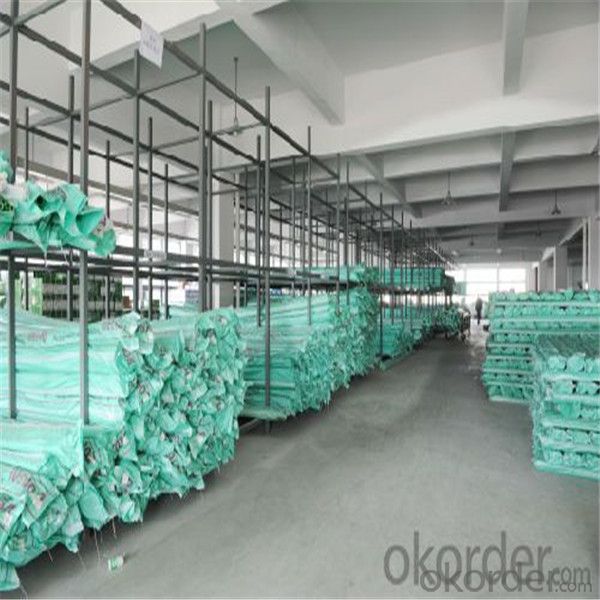
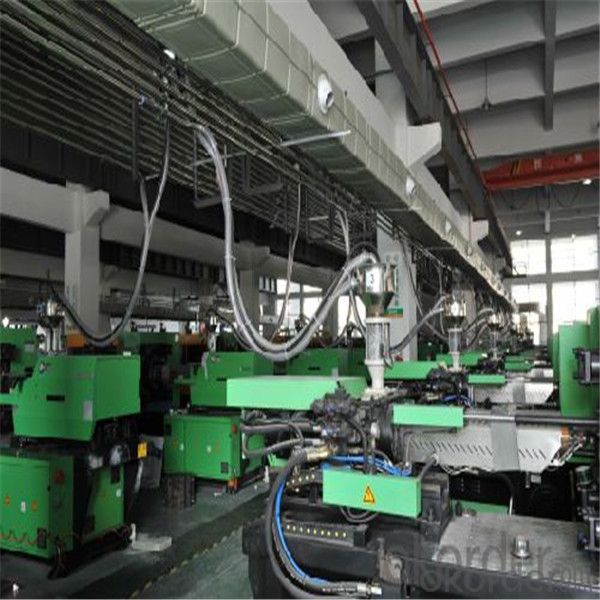
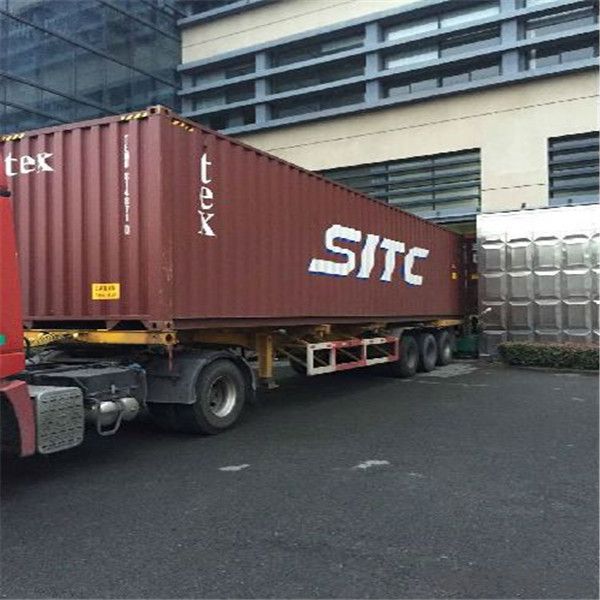
FAQ:
Q1:How Can I Get A Sample?
A1:You can get samples by communicate with our export sales.
Q2:How Long Is Delivery?
A2:Delivery time will be30-45days according to order quantity.
Q3:What Is The MOQ?
A3:MOQ depends on different items.
Q4:What Is Our Normal Payments Terms?
A4:Our normal payment terms now is: T/T, L/C or western union,paypal
- Q: Are plastic pipe fittings resistant to thermal expansion and contraction?
- Yes, plastic pipe fittings are generally resistant to thermal expansion and contraction. Unlike metal fittings, plastic materials have a greater ability to expand and contract without undergoing significant dimensional changes or structural damage. Additionally, plastic pipes and fittings have lower thermal conductivity, which further helps in minimizing the effects of temperature fluctuations. However, it's important to consider the specific type of plastic used in the fittings, as different materials may exhibit varying degrees of resistance to thermal expansion and contraction.
- Q: Are plastic pipe fittings suitable for hot water applications?
- Yes, plastic pipe fittings can be suitable for hot water applications. However, it is important to choose the right type of plastic material that can withstand high temperatures. Some commonly used plastics for hot water applications include CPVC (chlorinated polyvinyl chloride) and PEX (cross-linked polyethylene). These materials are designed to be heat resistant and can effectively handle hot water without degrading or causing leaks. It is advisable to consult plumbing professionals or refer to manufacturer's guidelines to ensure the appropriate plastic pipe fittings are used for specific hot water systems.
- Q: What is the purpose of plastic pipe fittings?
- The purpose of plastic pipe fittings is to connect and join different sections of plastic pipes together, ensuring a secure and leak-free connection. These fittings allow for easy installation, maintenance, and repair of plumbing and irrigation systems. They also provide versatility and adaptability, as they can be used with various types and sizes of pipes.
- Q: Can plastic pipe fittings be used for oil and gas pipelines?
- Yes, plastic pipe fittings can be used for oil and gas pipelines. However, it is important to ensure that the chosen plastic material is suitable for the specific application, meets industry standards, and has the necessary durability and chemical resistance to handle the pressures and corrosive nature of oil and gas transmission.
- Q: Can plastic pipe fittings be used for central vacuum systems?
- Yes, plastic pipe fittings can be used for central vacuum systems. Plastic fittings are commonly used in central vacuum installations due to their durability, affordability, and ease of installation. They are designed to effectively connect different sections of the vacuum system and provide a tight seal to prevent air leakage. However, it is important to ensure that the specific plastic fittings chosen are compatible with the central vacuum system and meet the necessary industry standards for safety and performance.
- Q: How do plastic pipe fittings work?
- Plastic pipe fittings work by connecting and sealing sections of plastic pipes together to create a secure and reliable plumbing system. These fittings typically have threaded ends or are designed to be glued onto the pipes. They use various mechanisms such as compression, push-to-connect, or solvent welding to ensure a tight and leak-free connection. Plastic pipe fittings are versatile, durable, and resistant to corrosion, making them a popular choice for many plumbing applications.
- Q: Can plastic pipe fittings be used for mining applications?
- Yes, plastic pipe fittings can be used for mining applications. Plastic pipe fittings, such as those made from high-density polyethylene (HDPE), are often used in mining operations due to their resistance to corrosion, abrasion, and chemicals. They are also lightweight, easy to install, and cost-effective compared to other materials. Additionally, plastic pipe fittings can withstand high pressures and temperature variations, making them suitable for various mining processes and applications.
- Q: Can plastic pipe fittings be used for chemical storage systems?
- No, plastic pipe fittings are generally not recommended for chemical storage systems as they may not be compatible with the chemicals being stored and could result in harmful leaks or reactions. It is best to use fittings specifically designed for chemical storage systems, such as those made from materials like stainless steel or specialized plastics that are resistant to the specific chemicals being stored.
- Q: Are plastic pipe fittings resistant to alkalis and acids?
- Yes, plastic pipe fittings can be resistant to alkalis and acids depending on the type of plastic used. Materials like PVC (polyvinyl chloride) and CPVC (chlorinated polyvinyl chloride) are known for their excellent resistance to a wide range of alkalis and acids, making them suitable for various industrial and household applications. However, it is important to check the specific chemical compatibility of the plastic pipe fittings with the alkalis and acids being used to ensure proper resistance.
- Q: Are plastic pipe fittings resistant to fungal growth?
- Yes, plastic pipe fittings are generally resistant to fungal growth.
Send your message to us
2024 Compression Pipe Fittings Plastic PPR Pipe for Agriculture with Good Price
- Loading Port:
- Tianjin
- Payment Terms:
- TT OR LC
- Min Order Qty:
- 200 pc
- Supply Capability:
- 100000 pc/month
OKorder Service Pledge
OKorder Financial Service
Similar products
Hot products
Hot Searches
Related keywords
